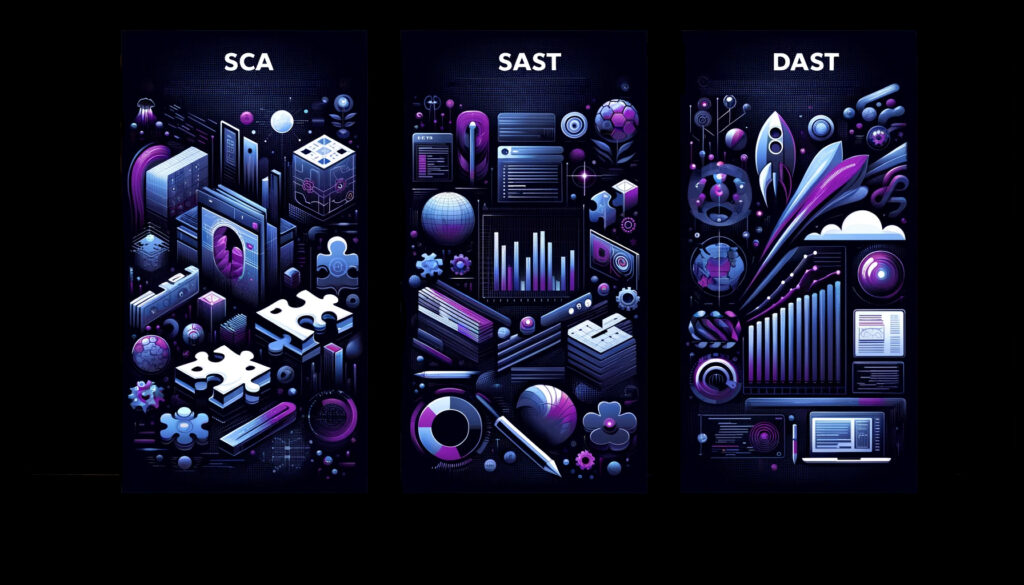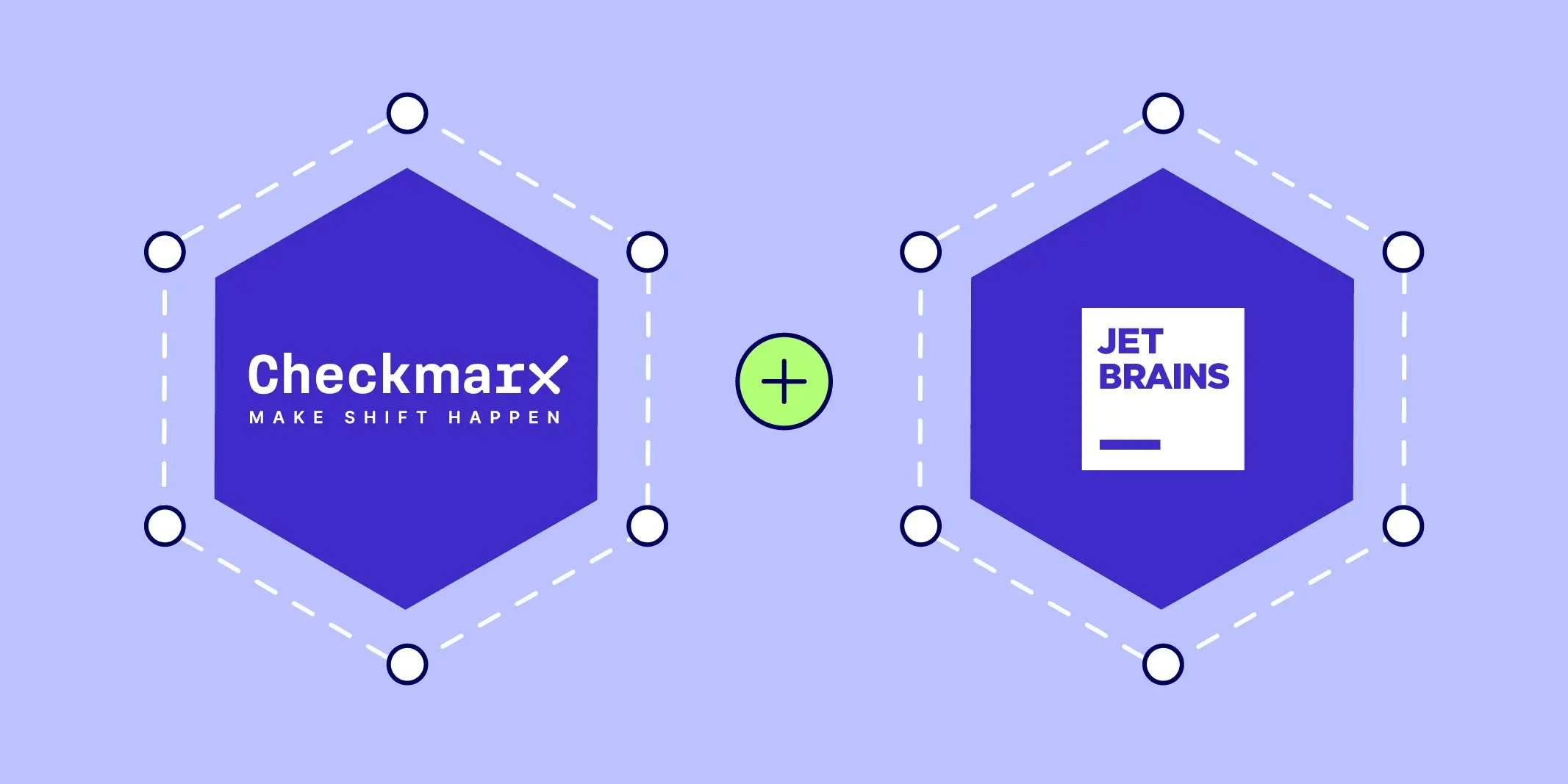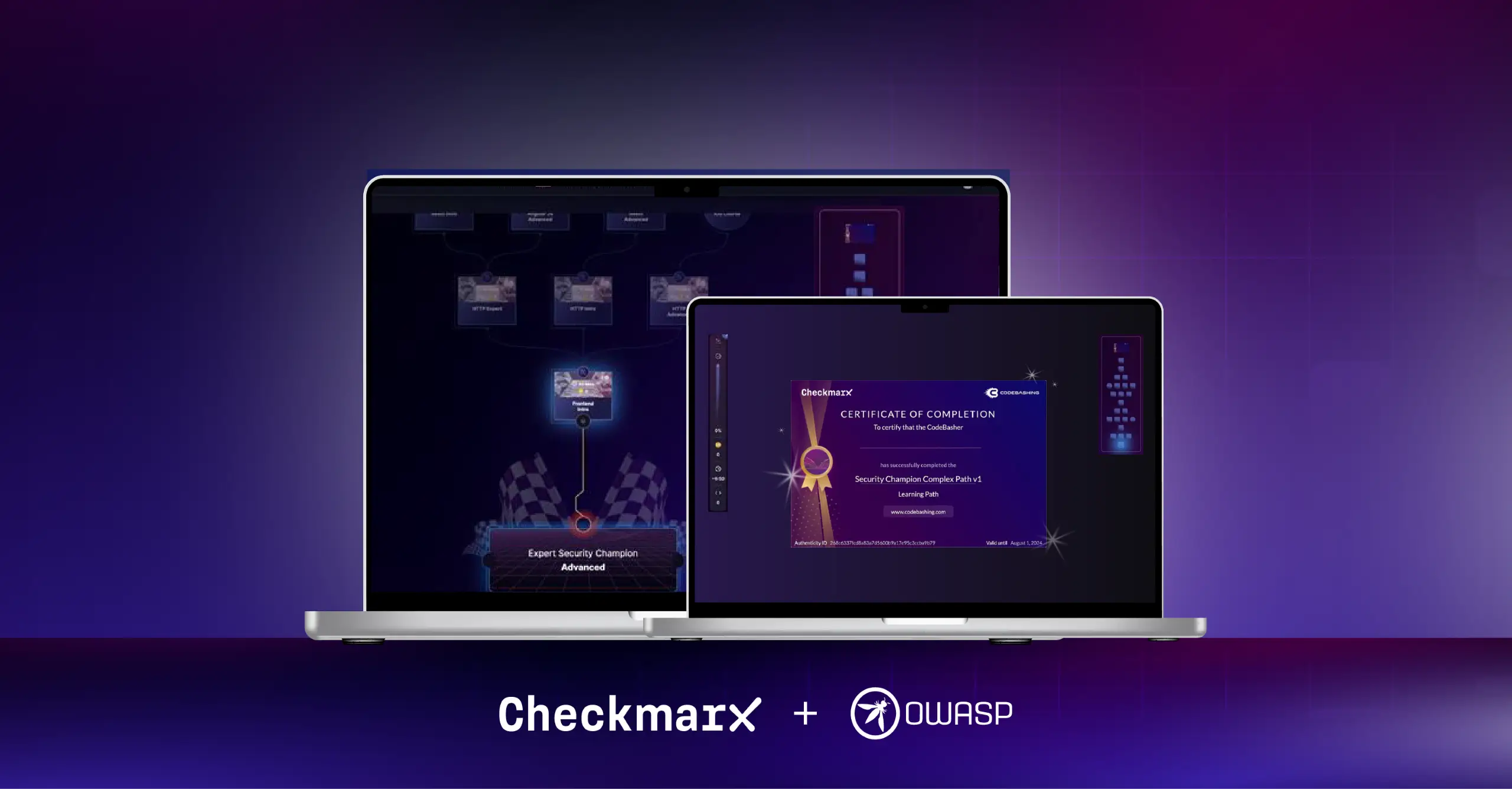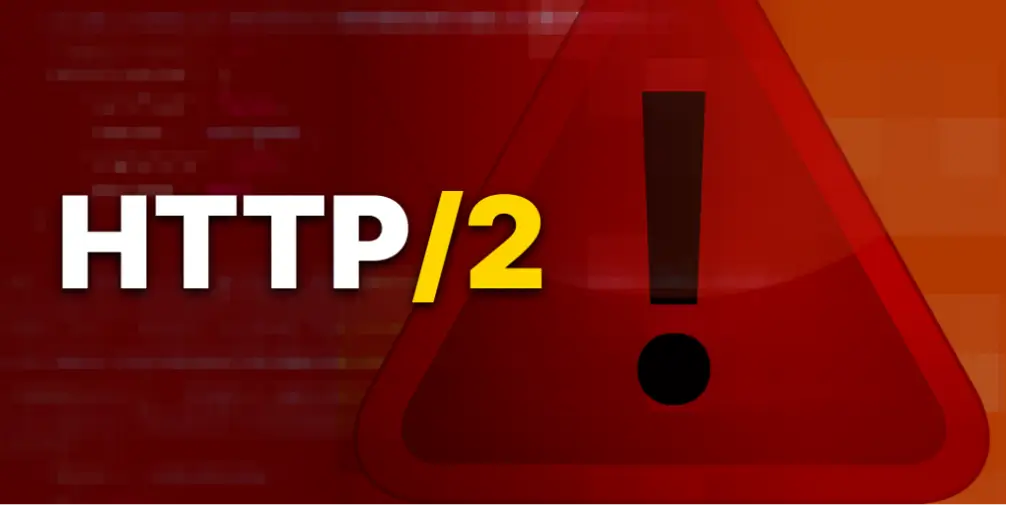Article's content
More on Supply Chain Security

Today there are three different types of application security scanning available: SCA (software composition analysis), SAST (static application security testing) and DAST (dynamic application security testing).
Each performs an important function in container or component vulnerability scanning, but which of the three should a Head of Application Security, CISO, or Head of DevOps look to embed in their DevSecOps trust process? Is there any kind of conflict between SAST versus DAST versus SCA?
The reality is that SCA, SAST, and DAST each play a unique role in fortifying application security. As a result, practitioners looking to boost their open source security and safeguard their license risk management practices should, for a robust AppSec strategy, look to adopt a mix of all three tools.
The good news is that doing so ensures the security and integrity of any software in the face of constantly evolving cyber threats. That’s because it’s not a question about static code analysis versus software composition analysis, but synergy— SCA, SAST, and DAST all do different, but vital, jobs to fortify application security.
Let’s explore how they do this.
What is Software Composition Analysis (SCA)?
SCA tools focus on identifying and managing open source components within software—scanning for known vulnerabilities in these components.
Why is that useful? To boost productivity and take advantage of third party APIs, developers increasingly opt for embedding open source elements into their code; it is estimated that nearly all business apps used in the enterprise now use some element of open source software (OSS).
The problem is that it’s no one organization’s role to police these libraries and functions. While the GitHub community does quickly identify vulnerabilities as they become known, that means that an AppSec or development team may unknowingly open the door to vulnerabilities hidden in open source.
Therefore, as part of any compliance and risk management workflow teams should use an SCA tool like Checkmarx SCA scanner for example to ensure that these open source vulnerability risks are kept in check.
Which software composition analysis tool is needed?
However, great SCA is, not all SCA solutions do everything an organization needs. That’s because while all check the manifest file—a simple text file that provides important information about a computer program or project—most simply try to identify publicly-known vulnerabilities.
Many solutions will quickly allow teams to pinpoint and remediate vulnerabilities, reducing the risk of exploitation, however not all go to the next step. We believe it’s not enough to just keep monitor the latest hack, and instead Checkmarx open source scanner also checks additional aspects like contributor names (for example, are they known to be a potential bad actor?) and more.
That’s because our industry’s most comprehensive and innovative cloud-native platform, Checkmarx One™, also means that we take any open source library being checked and put them in a detonation chamber to confirm it behaves as expected.
We do that because true enterprise-level testing versus less robust ‘good enough’ level testing demands a detailed application security testing (AST) approach.
Therefore, SCA with Checkmarx is part of a 360-degree AppSec testing approach, where we always evaluate software applications and systems for any and all potential security vulnerabilities or weaknesses that could compromise the organization.
Which is why we also recommend utilisation of not just SCA, but SAST and DAST, too—approaches that apply equivalent levels of analysis to the code your own developers are working on.
DAST: how does it help?
DAST tests applications in their running state—simulating attacks to identify security issues.
DAST therefore provides insights into how an application behaves under attack, revealing vulnerabilities that only surface during operation.
This is beyond what SCA delivers, and so is invaluable for detecting complex security issues. That’s because it offers transparent insight on an application’s actual security levels at run-time.
Dynamic testing is absolutely vital, then. But this hasn’t completed your defence yet. That’s because you also need to understand static code analysis versus software composition analysis.
SAST: When and why?
SAST–static testing–completes the picture. SAST examines source code for potential security vulnerabilities, accelerating early detection of any possible issues in any custom code during the development phase.
SAST therefore reduces the costs of fixing security flaws post deployment. It also enhances the team’s overall code quality—though to be fully effective, SAST needs to be integrated into the Software Development Life Cycle (SDLC) to ensure that code is secure before deployment.
SCA, DAST and SAST: a comparison
We can now see that the three approaches actually complement each other.
SCA is for managing and securing the open source components useful for building great business applications. SAST and DAST can help guarantee the security of the custom code that you also want to deploy.
A great way to think about this is that:
- SAST is proactive, identifying issues during development
- DAST is reactive, uncovering vulnerabilities in deployed applications.
SAST versus DAST versus SCA: the bottom line
In today’s web and digitally transformed era, applications have become more complex.
When they’re building solutions, developers now have many different technologies and types of components to select from.
To ensure complete software composition analysis to deliver peace of mind that developers get this choice and maintain productivity but the organization remains safe. AppSec leaders we speak to say that the optimal order of use is
- When a developer writes code, they should check it into a repository, where Checkmarx will perform a SAST scan—providing immediate feedback to remediate
- At build phase, use SCA to ensure you’re aware of all the vulnerabilities that may be in any open source components
- And after the application has been built, automate your DAST scans before go-live to catch any possible remaining problems.
Using one platform helps to tie all three steps together, allowing the security team to see all their vulnerabilities in one place, do something with that information, and achieve the dream of unification of all the benefits of SCA, SAST and DAST.
If that sounds helpful, then click here to find out more about the Checkmarx platform, the industry’s most comprehensive solution to all your application security testing needs.





